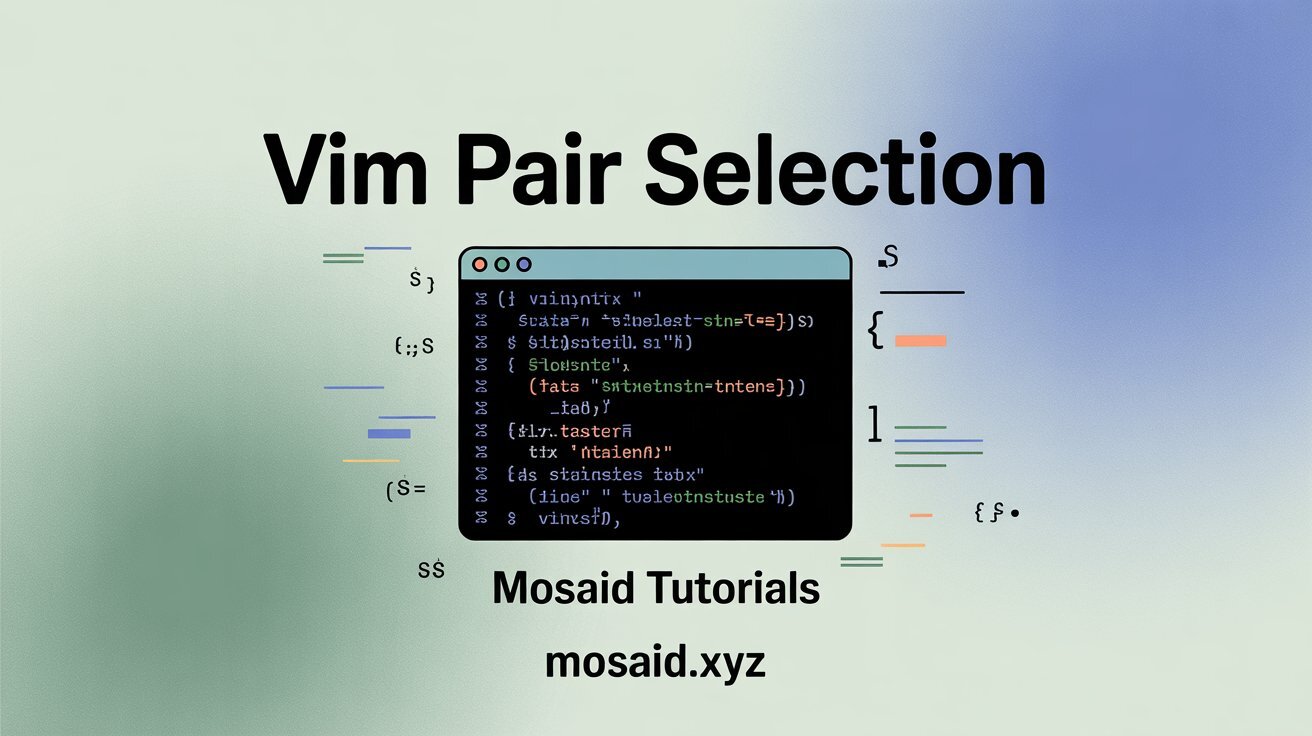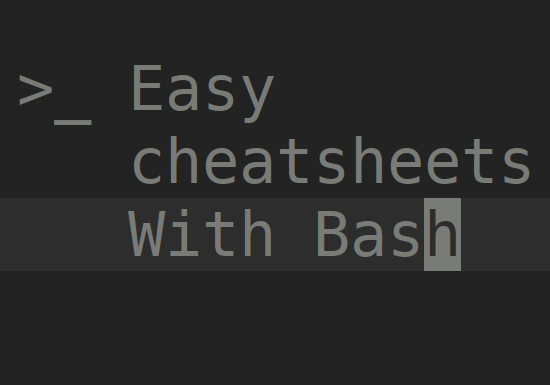How to Use setfacl and getfacl: A Step-by-Step Guide
Introduction to ACLs
Access Control Lists (ACLs) are used to provide more fine-grained permissions for files and directories than the traditional Unix permissions (read, write, execute). They allow you to specify permissions for individual users or groups.
setfacl and getfacl
setfaclis used to set ACLs on files and directories.getfaclis used to retrieve ACLs from files and directories.
Basic Syntax
setfacl
setfacl [options] acl_spec file...
getfacl
getfacl [options] file...
Setting ACLs with setfacl
Basic Usage
To add an ACL entry:
setfacl -m u:username:permissions file
-m: Modify the ACL.u:username:permissions: Specify the user (u), the username, and the permissions (r,w,x).
Example:
setfacl -m u:john:rwx myfile
This grants user john read, write, and execute permissions on myfile.
Setting ACLs for Groups
setfacl -m g:groupname:permissions file
Example:
setfacl -m g:admins:rw myfile
This grants the group admins read and write permissions on myfile.
Setting Default ACLs on Directories
setfacl -d -m u:username:permissions directory
Example:
setfacl -d -m u:john:rwx mydir
This sets default permissions for john on the directory mydir.
Removing ACL Entries
To remove an ACL entry:
setfacl -x u:username file
Example:
setfacl -x u:john myfile
This removes the ACL entry for user john on myfile.
To remove all ACL entries:
setfacl -b file
Example:
setfacl -b myfile
This removes all ACL entries from myfile.
Viewing ACLs with getfacl
To view the ACLs on a file or directory:
getfacl file
Example:
getfacl myfile
This outputs the ACLs for myfile.
Example Output
# file: myfile
# owner: root
# group: root
user::rw-
user:john:rwx
group::r--
mask::rwx
other::r--
user::rw-- Permissions for the file owner.user:john:rwx- Specific permissions for userjohn.group::r--- Permissions for the owning group.mask::rwx- The effective rights mask.other::r--- Permissions for others.
Recursive ACLs
To apply ACLs recursively to all files and directories within a directory:
setfacl -R -m u:username:permissions directory
Example:
setfacl -R -m u:john:rwx mydir
This applies the ACL for john recursively within mydir.
Preserving Existing ACLs
To add or modify ACL entries without affecting existing ones, use the -n option with setfacl.
setfacl -n -m u:username:permissions file
Example:
setfacl -n -m u:john:rwx myfile
Conclusion
ACLs provide a powerful way to manage permissions on a more granular level than standard Unix permissions. Using setfacl, you can set and modify ACLs, while getfacl allows you to view them. This capability is especially useful in environments where multiple users or groups need specific access to files and directories.














